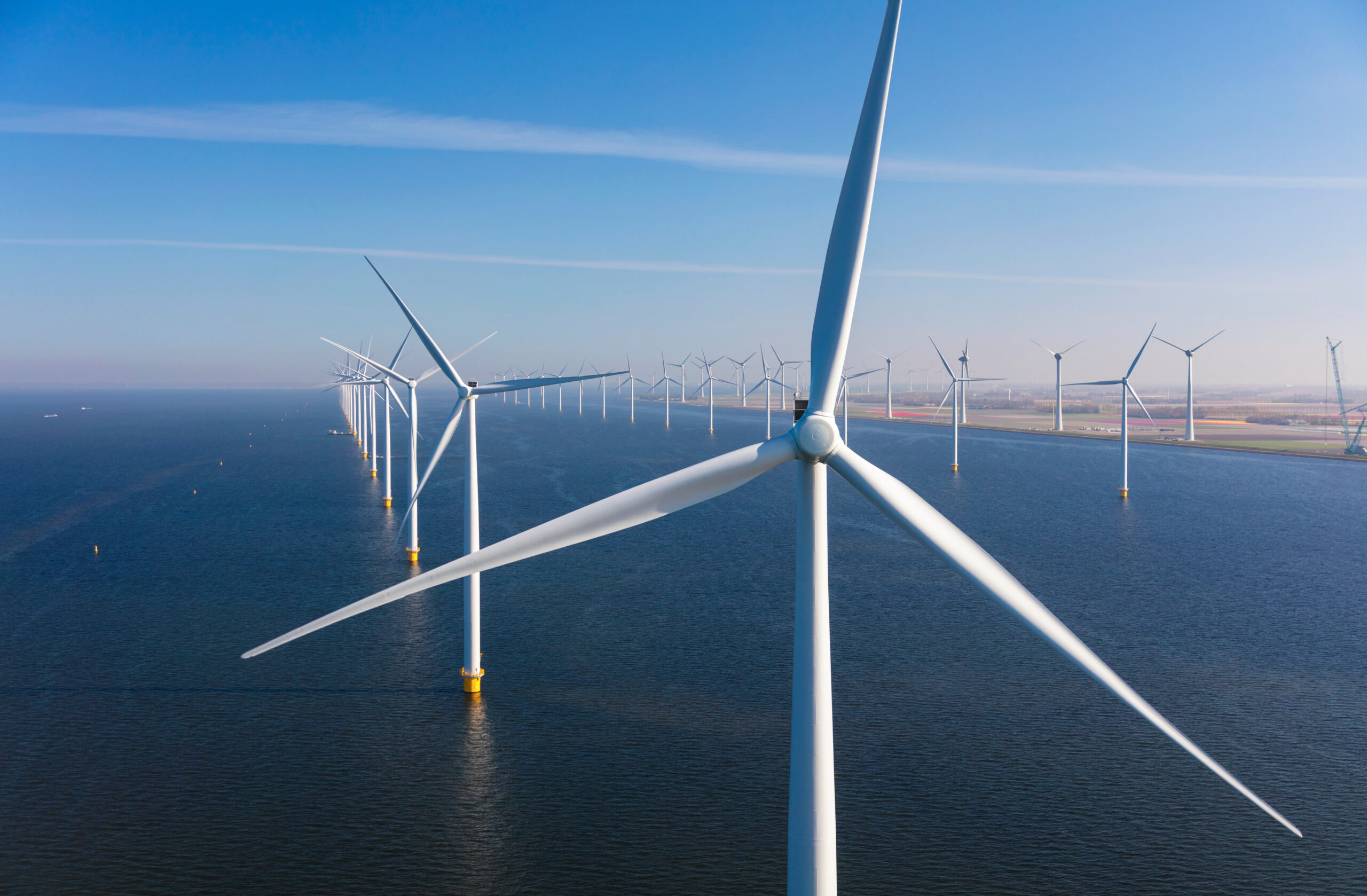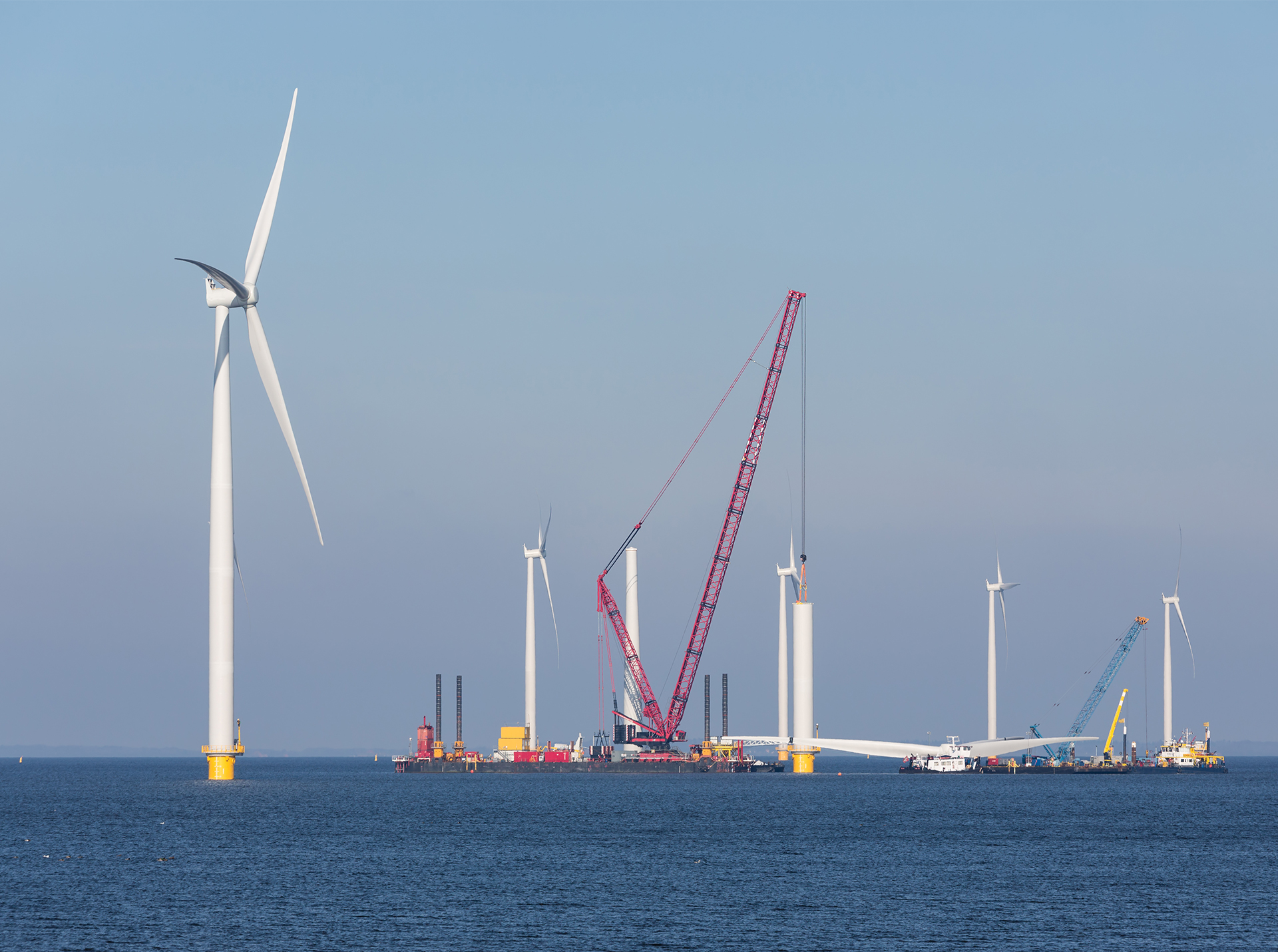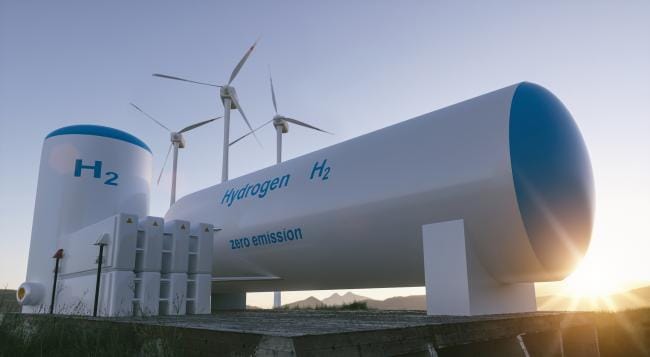NEWS & INSIGHTS | article
Powering the North Sea

The North Sea region is at a critical juncture in its pursuit of sustainable energy. With the impact of the energy crisis of 2022 still being felt, the offshore energy industry is faced with a challenge: how to build a cleaner, more resilient energy system that can withstand the challenges of the future. This challenge requires not only innovation and new solutions, but also a willingness to collaborate across traditional boundaries, and a shared commitment to driving the transition to a more sustainable future.
“The North Sea energy system does not stop at borders. International collaboration on renewable energy sources such as wind, hydrogen and CCS can bring forth synergies and opportunities to share experiences and knowledge to accelerate the energy transition”, explains Luca Corradi, Chief Technology Officer at the Net Zero Technology Centre.
“With an increasingly complex energy landscape and vast potential for the deployment of low-carbon energy, energy storage and infrastructure the North Sea can play a central role in accelerating Europe’s energy transition, developing skills for the future and creating new jobs”, continues Corradi.
“The One North Sea (ONS) report and database, published by the Net Zero Technology Centre and TNO, provide a blueprint for driving closer working relationships across the energy sector. Since we published the original report, focusing on integrated CCS, hydrogen and electrification projects, in 2021, there has been significant growth in energy projects that utilise existing infrastructure. The overall number of projects in the database has also increased, reflecting the diversification of emerging energy technologies in the North Sea”, Mr Corradi continued.
The ONS database highlights changes in the North Sea technology mix and identifies commonalities between nations. It recommends a range of potential opportunities in which collaboration between the oil and gas and renewable sector can accelerate the energy transition including; Electrification of ongoing oil and gas production to reduce emissions (CO2, CH4, NOx, PM); CO2 transport through existing repurposed gas pipelines and/or storage of CO2 in depleted gas reservoirs; Production of hydrogen on or around existing gas assets and transport of hydrogen through repurposed gas pipelines (including blending of hydrogen in the existing natural gas stream).
The database highlights that since 2021, there has been significant growth in the number of projects in the commercial and demonstration stages of development, indicating increased technology maturity. Projects in the commercial phase accounted for 15percent of the database, up from 11percent the previous year, while projects in the demonstration phase accounted for 44percent, up from 35percent.
“This shift towards a lower proportion of research and development (R&D) projects and increased proportions of commercial and demonstration projects proves that clean, large-scale energy production and storage technologies are developing and beginning to have a genuine impact on the North Sea,” explains Mr Corradi.
One of the notable trends observed in 2022 is the significant growth in hydrogen production, storage, and transportation projects. Approximately 55 percent of new projects added to the database have a hydrogen focus, with 90 percent focusing on green hydrogen technologies.
Despite advancements in the early-stage development of technologies, there have also been several challenges. Nearly one-third of projects reported in 2021 have been cancelled, indicating the risks associated with such initiatives. The recently published updated report highlights that greater efforts are needed to establish supportive regulatory frameworks and standardisation initiatives to help reduce the risks associated with early-stage initiatives.
René Peters, Business Director of Gas Technology at TNO emphasised the importance of building trust in technologies, stating, “Demonstration activities will be crucial in showcasing the viability and effectiveness of hydrogen and carbon capture and storage technologies, which can significantly reduce greenhouse gas emissions in the North Sea region and beyond.”
Furthermore, Mr Peters highlighted the significance of innovative power architectures, offshore wind-energy utilisation, and power hubs in increasing electrification options, stating, “Innovative power architectures that easily integrate into existing assets, along with maximising the utilisation of offshore wind-energy and creating power hubs that import energy from different sources, can greatly contribute to the electrification of the North Sea region and accelerate the transition to clean energy sources.”
Despite the challenges, the energy transition has continued to gain momentum, with investment in energy transition technology projects in the North Sea continuing to rise. However, challenges remain, and efforts are needed to establish supportive regulatory frameworks and standardisation initiatives, build trust in technologies and create innovative power architectures and power hubs to accelerate the transition to clean energy sources in the North Sea region and beyond. With continued collaboration, innovation, and investment in technology maturity, the North Sea has the potential to play a fundamental role in Europe’s energy transition, reducing energy import dependency, creating new jobs, and developing skills for the future.
Report: One North Sea Review 2022 – Net Zero Technology Centre (netzerotc.com)
Database: One North Sea
Subscribe for the latest updates




